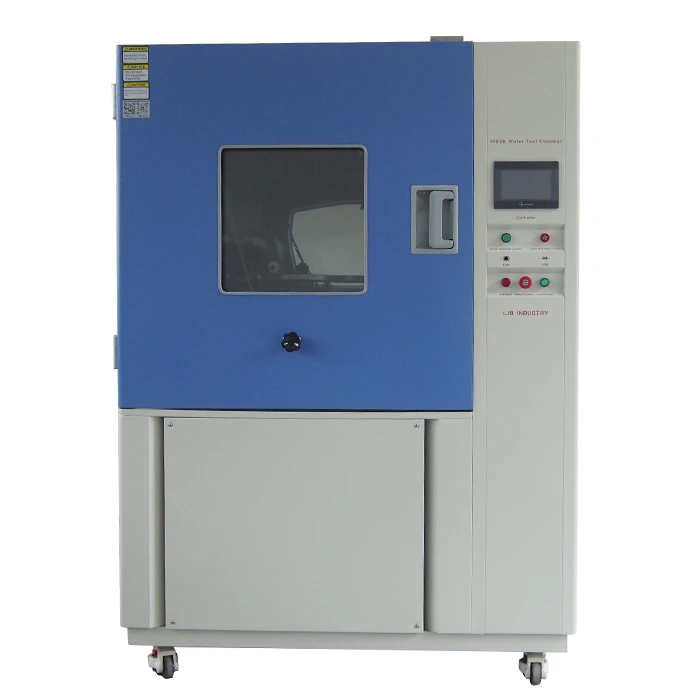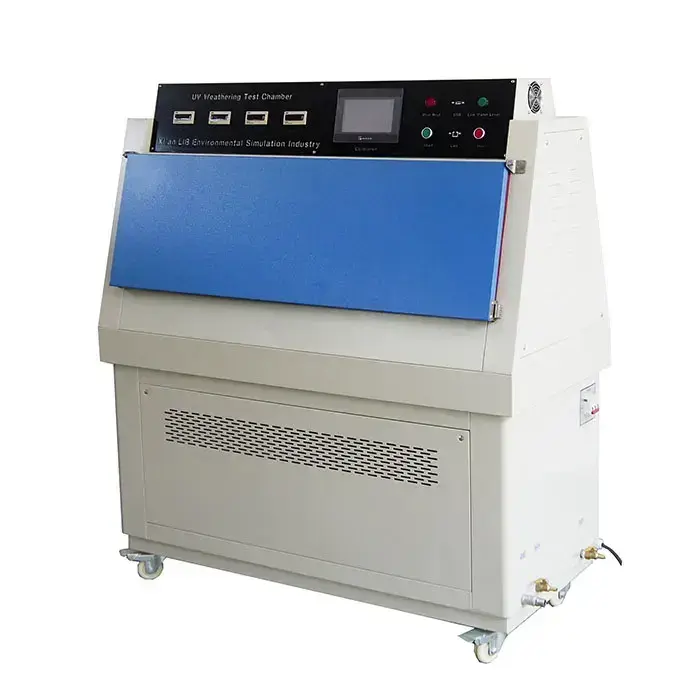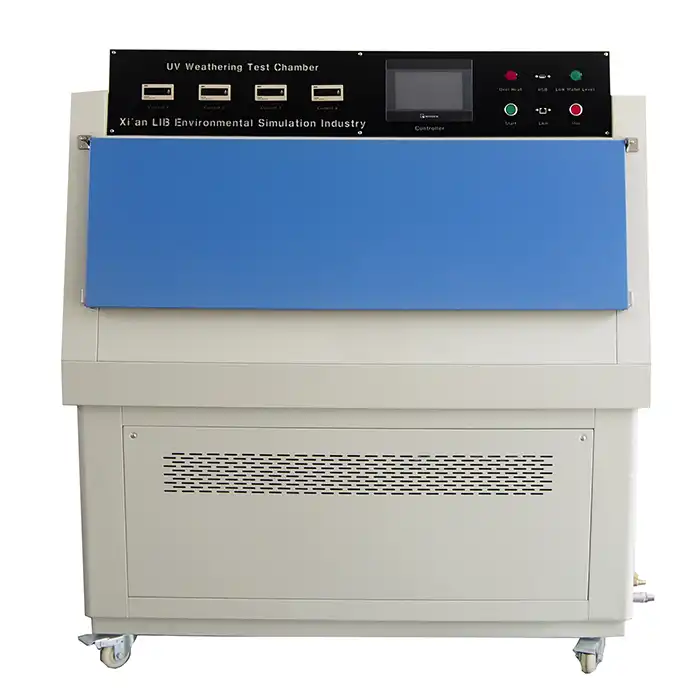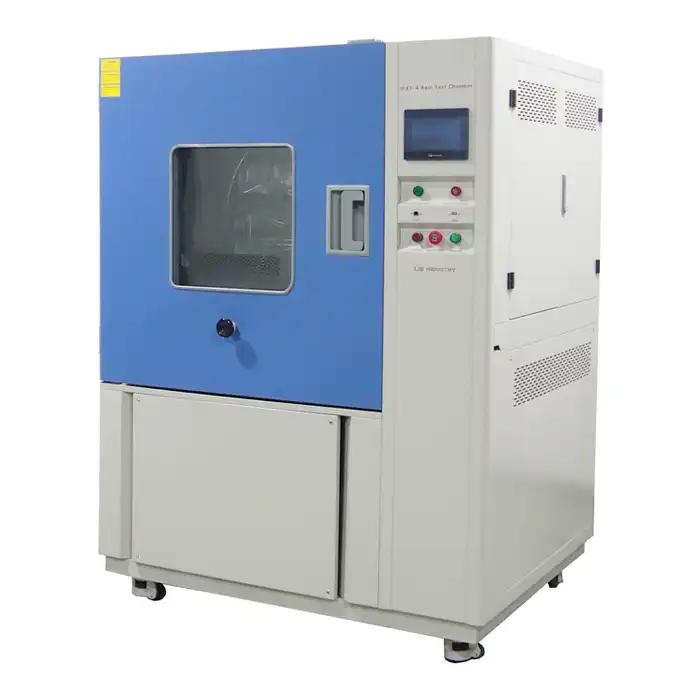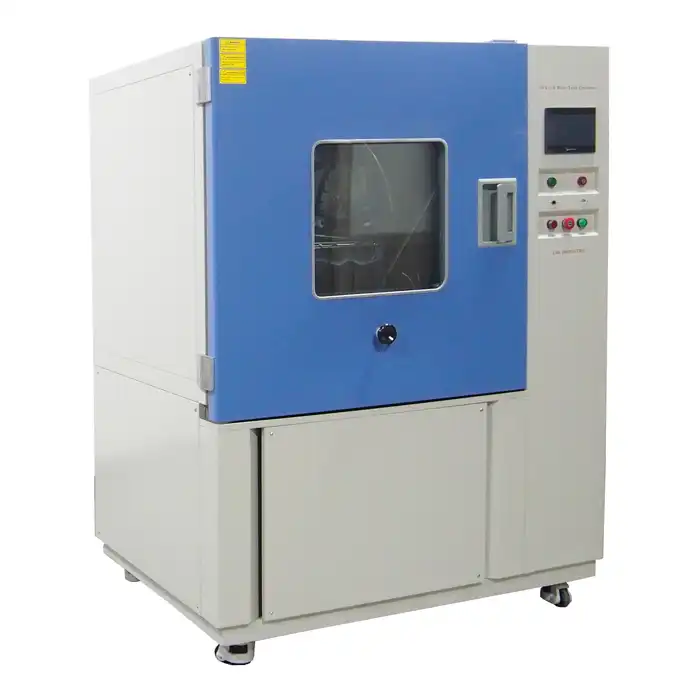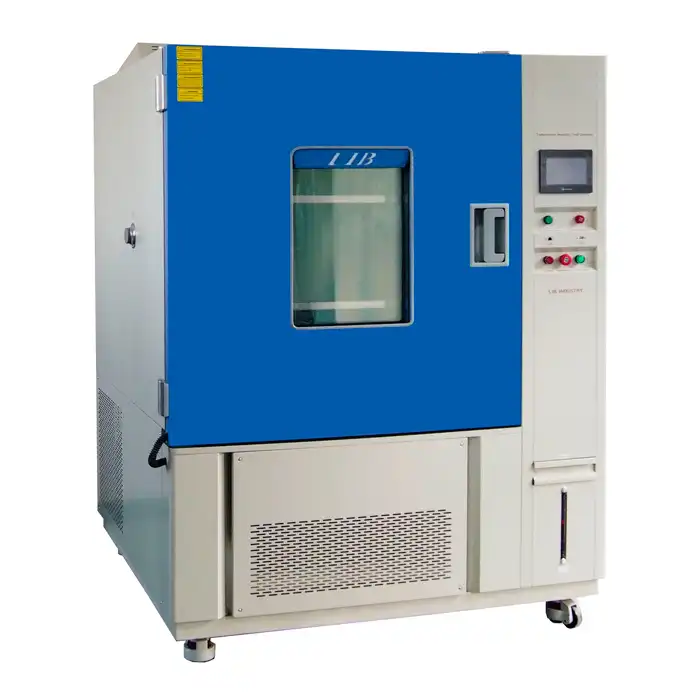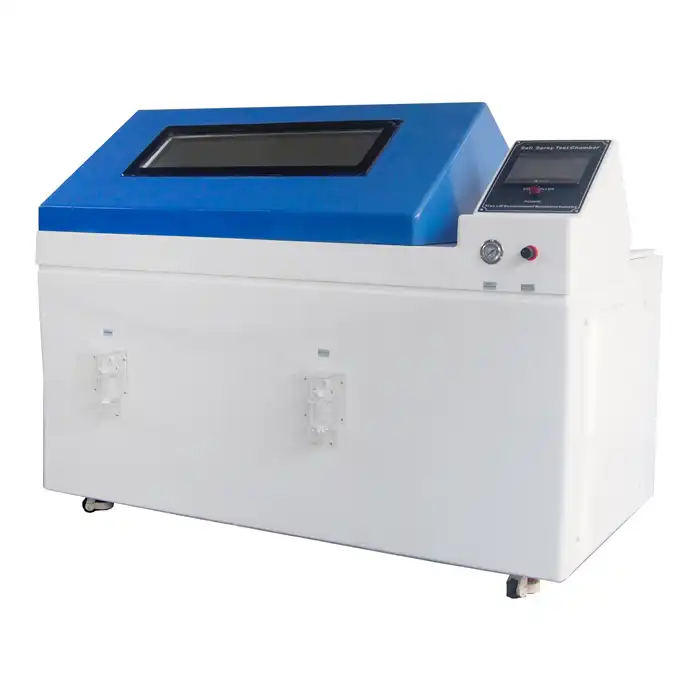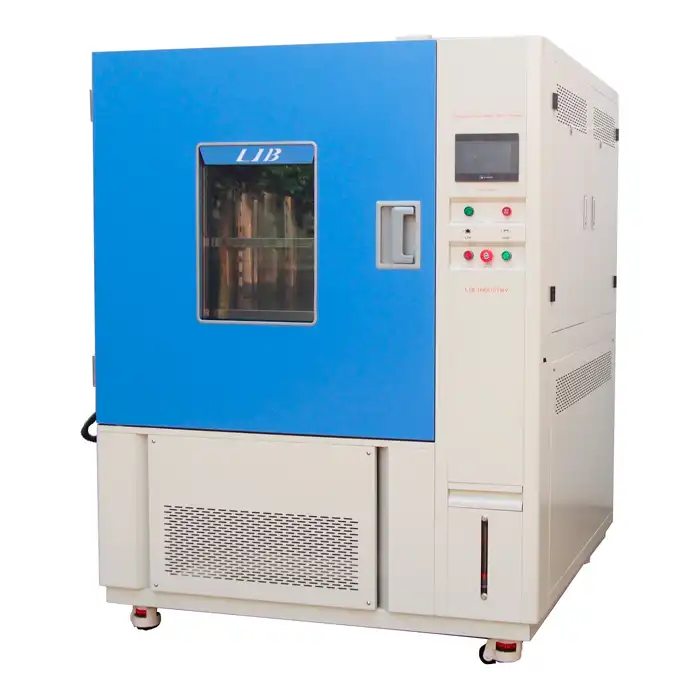Understanding UV Weatherometers
The Basics of UV Weathering
UV weathering is a natural process that occurs when materials are exposed to sunlight over time. This exposure can lead to various forms of degradation, including color fading, material breakdown, and loss of structural integrity. UV weatherometers are designed to replicate and accelerate this process in a controlled laboratory environment, allowing researchers and manufacturers to assess the long-term performance of their products in a fraction of the time it would take under natural conditions.
Components of a UV Weatherometer
A typical UV weatherometer consists of several key components:
- UV lamps (such as UVA313 or UVB340)
- A specimen chamber
- Temperature and humidity controls
- Water spray systems (in some models)
- Monitoring and control systems
Types of UV Weatherometers
There are various types of UVA313 UVB340 UV Weatherometer available, each designed for specific testing requirements. Some common types include:
- Xenon arc weatherometers
- Fluorescent UV weatherometers (including UVA313 and UVB340 models)
- Carbon arc weatherometers
- Metal halide lamp weatherometers
The Science Behind UVA313 and UVB340 UV Weatherometers
UVA313 Technology
UVA313 UV weatherometers utilize specialized fluorescent lamps that emit UV radiation primarily in the UVA spectrum, with a peak at 313 nanometers. This wavelength is particularly effective at simulating the UV radiation found in natural sunlight, making it ideal for testing materials that will be exposed to outdoor conditions. The UVA313 lamps provide a good balance between accelerated aging and realistic weathering conditions.
UVB340 Technology
UVB340 UV weatherometers, on the other hand, employ lamps that emit radiation with a peak at 340 nanometers. This wavelength falls within the UVB spectrum and is known for its higher energy content compared to UVA radiation. UVB340 weatherometers are often used for more aggressive testing scenarios or for materials that are particularly sensitive to UV degradation.
Comparing UVA313 and UVB340
While both UVA313 and UVB340 UV weatherometers serve similar purposes, they have distinct characteristics that make them suitable for different testing applications:
- Wavelength: UVA313 emits at 313 nm, while UVB340 emits at 340 nm
- Energy levels: UVB340 provides higher energy radiation compared to UVA313
- Material sensitivity: Some materials may respond differently to UVA313 vs. UVB340 exposure
- Testing standards: Certain industry standards may specify the use of one type over the other
How UV Weatherometers Work
The Testing Process
The operation of a UVA313 UVB340 UV Weatherometer involves several steps:
- Sample preparation: Materials to be tested are cut to size and mounted in the specimen chamber.
- Parameter setting: Operators program the desired temperature, humidity, and UV exposure cycles.
- Exposure: Samples are subjected to controlled UV radiation, often in alternating cycles with dark periods or water spray.
- Monitoring: Throughout the test, the weatherometer continuously monitors and adjusts conditions to maintain consistency.
- Analysis: After the predetermined exposure time, samples are removed and analyzed for changes in properties such as color, gloss, or mechanical strength.
Acceleration Factors
One of the key advantages of UV weatherometers is their ability to accelerate the aging process. This is achieved through:
- Increased UV intensity: Higher levels of UV radiation than typically found in natural sunlight
- Continuous exposure: Unlike the day/night cycle in nature, weatherometers can provide constant UV exposure
- Elevated temperatures: Higher temperatures can accelerate chemical reactions associated with degradation
- Controlled humidity: Moisture levels can be manipulated to enhance weathering effects
Data Interpretation and Correlation
Interpreting the results from a UV weatherometer requires expertise and careful analysis. Researchers must consider:
- The relationship between accelerated and natural weathering
- The specific material properties being tested
- Industry standards and specifications
- The limitations and variabilities of the testing method
Proper correlation between accelerated and natural weathering data is essential for making accurate predictions about a material's real-world performance.
Applications and Benefits of UV Weatherometers
Industries Utilizing UV Weathering Tests
UVA313 UVB340 UV Weatherometers are used in many industries, such as: Automotive: Examining exterior textiles, paints, and polymers Building materials, coatings, and sealants are evaluated in construction. Textiles are evaluated for color fastness and fabric durability. Packaging: Ensuring the integrity of product labels and packaging Electronics: Evaluating outdoor electronic components' resilience Assessing the durability of photovoltaic materials in solar energy
Advantages of UV Weatherometer Testing
The use of UV weatherometers offers several benefits to manufacturers and researchers: - Time savings: Accelerated testing provides results in weeks or months rather than years - Cost-effectiveness: Reduces the need for extensive real-world testing - Reproducibility: Controlled conditions allow for consistent and repeatable results - Product improvement: Enables rapid iteration and optimization of material formulations - Quality assurance: Helps ensure products meet durability standards before market release
Limitations and Considerations
While UV weatherometers are powerful tools, it's important to recognize their limitations: - Perfect simulation is impossible: No artificial environment can exactly replicate all aspects of natural weathering - Material-specific responses: Different materials may react differently to accelerated vs. natural weathering - Complexity of real-world conditions: Factors like pollution or biological growth are difficult to simulate - Need for expertise: Proper use and interpretation of results require specialized knowledge
Conclusion
UV weatherometers, particularly those utilizing UVA313 and UVB340 technologies, have revolutionized the field of materials testing and quality assurance. By providing a means to simulate and accelerate the effects of sunlight exposure, these instruments enable manufacturers to develop more durable and reliable products across a wide range of industries. While they have limitations, the benefits of time savings, cost-effectiveness, and reproducibility make UV weatherometers indispensable tools in the quest for improved material performance and longevity.
Purchasing a UVA313 UVB340 UV Weatherometer can be a game-changer for anyone looking to improve their product testing skills and guarantee the highest durability standards. We can anticipate the emergence of increasingly complex and precise weathering simulation methods as technology develops, which will enhance our capacity to forecast and enhance the performance of materials under actual conditions.
Contact Us
Are you looking to implement UV weatherometer testing in your product development process? LIB Industry offers cutting-edge environmental testing solutions, including state-of-the-art UV weatherometers. Our team of experts can help you choose the right equipment and develop testing protocols tailored to your specific needs. Contact us today at info@libtestchamber.com to learn more about how we can help you improve your product durability and quality assurance processes.



